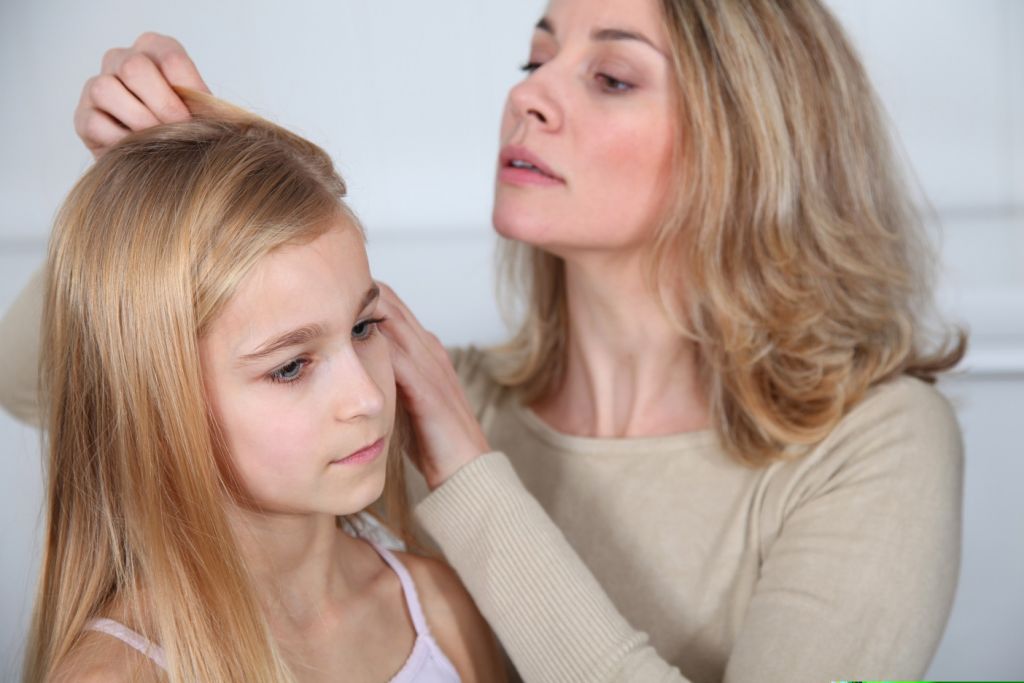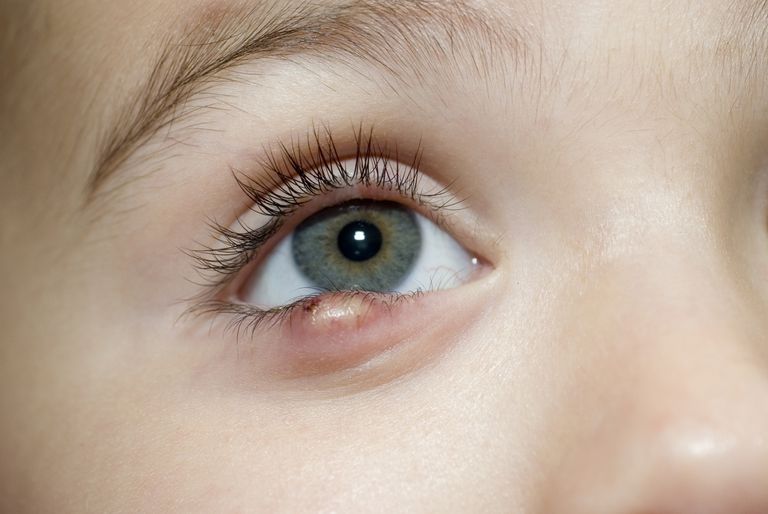A would-be mother? Well, then it’s very important to make you aware of an inflammatory condition in kids called infantile seborrheic dermatitis. It is a condition in which a yellow greasy crusty scaling appears on the scalps and the body parts. If the appearance of these patches is limited to the scalp it is termed as ‘cradle cap’. This can a rather alarming thing for anybody who is unaware of its occurrence. Hopefully, this situation is never going to arise for you as we are about to discuss this condition in detail. So let’s look into the causes, symptoms, treatment and the prevention measures for infantile seborrheic dermatitis.
If your kid is three years or younger than that, he is likely to suffer from this condition, wherein a thick white or yellow scale is formed on the scalp. It may appear as scales in form of patches or all over the head. At times, we see symptoms of seborrheic dermatitis appears on the eyebrows, eyelids, ears, neck, armpits or the diaper area. This may seem to you as rashes initially when they appear on the diaper area, but eventually, the patchy scales stats affecting the other areas as well.
Read More: My Infant Hasn’t Shed His Body Hair ( Lanugo): Is it Normal?
A Guide for Infantile Seborrheic Dermatitis in Children
Causes
Infantile seborrheic dermatitis or cradle cap is a papulosquamous disorder( a condition which is persistent in the scales as well as the papules or both the scaly papules and the plaques) which mainly affects those areas which have an excess amount of sebum, that is, scalp, face and diaper area. Although the exact reason for the occurrence of this condition is unknown, it is said to be a result of a skin yeast Malassezia spp. Thus this condition is not merely an infection, but a reaction to this yeast. The overreaction of the sebaceous gland in infants, that is, overproduction of oil in the oil glands and the hair follicles are also considered to be a possible reason for infantile seborrheic dermatitis.
It is also notable that this condition appears mainly in infants and teenagers, so it is quite possible that it may be a result of the increase in the hormone level in the body. Extreme weather conditions, oily skin texture, issues in the immune system, excess stress and some skin diseases can also initiate the occurrence of cradle cap or seborrheic dermatitis.
Read More: 16 Health Benefits of Argan Oil for Children and Adults
Symptoms
The occurrence and appearance of infantile seborrheic dermatitis may differ in every baby. It may appear as patches or in bunches, or crops, or can be spread almost all over the body. The areas that are affected by this disorder may have the following symptoms:
- Thick crust or plaques which are either yellow or white in colour appear mainly on the scalp. But it can also appear on the areas around the ears, eyelids, eyebrows, back of the neck, nose lining armpits or the groin.
- The patches that appear are greasy and oily patches on the skin.
- You may also notice dandruff-like skin flakes that fall of the skin.
- Consequent hair loss may also be a symptom of cradle cap. The hair that is lost grows back and this symptom is not common. Yes, the hair loss is not a common occurrence if you are suffering from infantile seborrheic dermatitis.
- In some cases, the patches occur all over the skin and the appearance is reddish along with prevalent itchiness.
So, these were the notable symptoms of infantile seborrheic dermatitis. More than one or all of these symptoms may appear in case your child suffers from this disorder. It can be treated even at home if the condition is not severe, so let’s look at the treatment method for this disorder.
Read More: 11 Home Remedies to Treat Dandruff in Kids
Treatment
In most of the cases, infantile seborrheic dermatitis doesn’t require any specific treatment. Gently massaging the baby’s scalp with the help of your fingers or wiping it with a wet cloth or washing the baby’s hair with a mild shampoo can help to loosen or removes the scales. Once the scales disappear, washing the head twice a week and brushing your kid’s hair with a clean and soft brush will slowly remove all the patches and scales. If the scales do not come off easily, using a mineral oil can be of great help. But you must take care of the fact that each time you apply oil on the scaly scalp, you must wash it off properly or else the remaining oil can worsen the situation.
Shampoos which contain salicylic acid, coal tar, selenium, zinc and ketoconazole can help you in treating dryness and formation of flakes. These shampoos should be used only after taking advice from a doctor. For better results, you should allow the shampoo to soak into the baby’s hair for at least a couple of minutes. As the condition gets better, you should limit the use of the shampoo to once or twice a month.
In case, this condition appears on other parts of the body and there is persistent irritation on the affected area, you can ask the doctor to recommend you a steroid cream such as hydrocortisone. The application and use of which should be properly understood.
Read More: 11 Homemade Conditioners for Infant’s Healthy Baby Hair Growth
Prevention
Infantile seborrheic dermatitis may disappear once you apply all the above-mentioned remedies but there are chances that the symptoms may reappear. Here are some preventive measures that will avoid the occurrence or recurrence of infantile seborrheic dermatitis.
- Do not give a bath to your baby more than once a day as it may dry out the skin. If the skin is dry the sebaceous gland will start excreting excess of oil. Thus leading to infantile seborrheic dermatitis.
- Use of appropriate shampoo for the baby can reduce the chances of this condition.
- If you take vitamin B supplement while nursing this can reduce the chances of occurrence of cradle cap as vitamin B is an essential nutrient for healthy skin.
- Apply baby oil on the baby’s hair before brushing the hair of the baby.
- Use of humidifiers in the baby’s room will prevent his skin from drying out.
Conclusion
Infantile seborrheic dermatitis is not a very serious problem, but its initial symptoms can scare you if you are unaware of it. So, this write up was just to give you a glimpse of the various facets of this disorder. The causes, symptoms, treatment and preventive measures mentioned above will surely help you tackle this problem when your little one suffers from it. But do not forget to take suggestions from the doctor. Happy Parenting!













